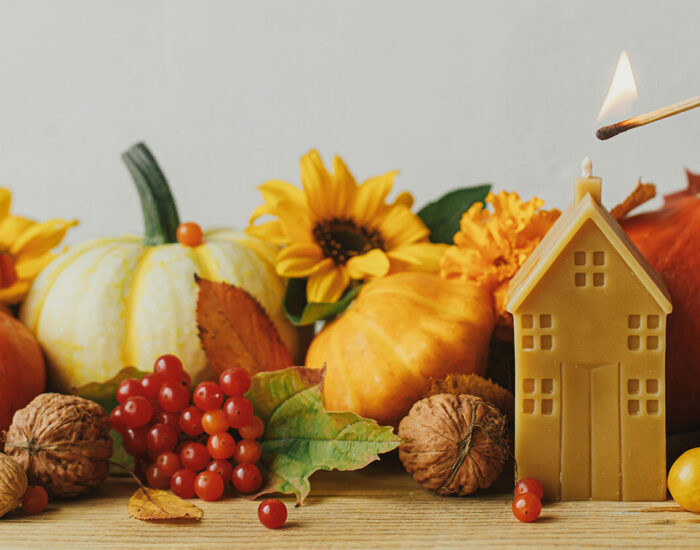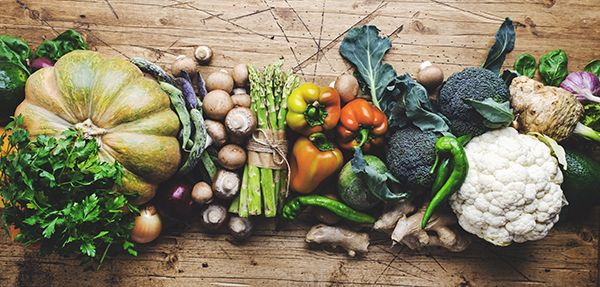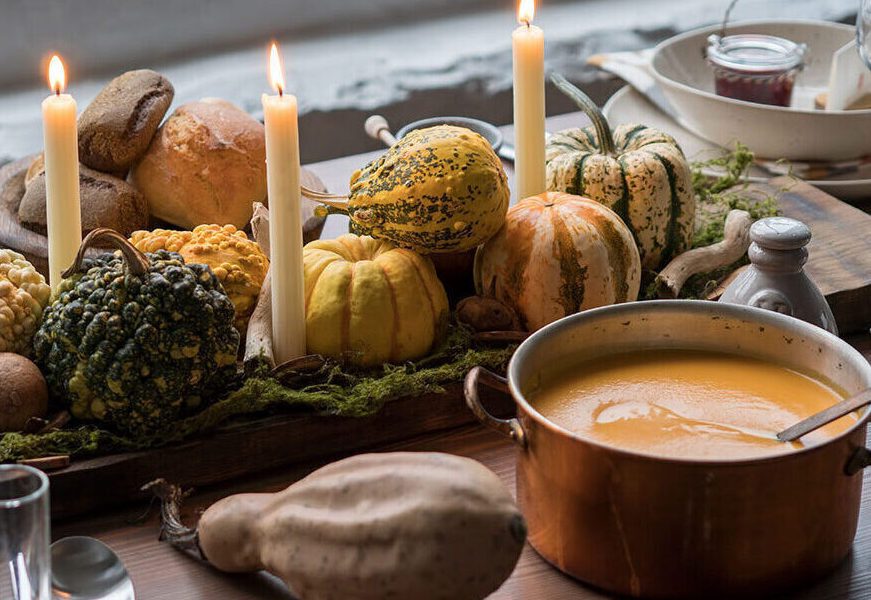October 20th, 2023
Grow Guide for A Bountiful Fall Garden

Every year as the cold weather approaches, we scramble to cover our plants and protect them against frost, but you should know that some of our favorite flavorful fall crops come from exposure to frost.
Many vegetables grow well in soil warmed by the summer sun, while others thrive more from cooler air temperatures. It is important to note that when your garden is overflowing with warm season plants, it would be a good idea to start planning for your autumn veggie sowing.
Here is a brief guideline for which vegetables thrive in cooler weather. This should help you confidently design a garden that will give you a vibrant and prolific harvest of frost tolerant crops.
- When to plant: Determine the average first frost date and subtract the estimated growing time recommended for amending/replenishing ground cover with compost or fertilizer. Additionally, companion vegetation could be utilized within the same bedding to aid in growth, protect pollinators and deter pests. Adding a layer of mulch will work wonders to maintain needed moisture and insulate delicate young roots.
- Where to plant: We suggest placing new seedlings around the perimeter of your existing garden so there’s plenty of room for both early and late season crops.
- What to plant: Listed below are some options for cool weather vegetables and how you can make great use of them in your cooking preparations.
Kale: approximately 60 days to mature
This is a popular choice with a variety ranging from Tuscan kale, tender red Russian, to sturdy Lacinato. Planting Kale in well-nourished ground offers a better, more tender leaf.
Sweetness is most prominent after the first frost when the cold breaks down starches into natural sugars. These are hardy versatile greens that can endure winter and have a high regrowth rate for returning the following spring.
Serving suggestions: Make a pasta salad, throw it
in some soup, blend a healthy smoothie or even add to your fish or chicken dishes.

Carrots: roughly two months to maturity
Varieties include Nantes, Danvers, Little Finger, and Chantenay. Position them in loose permeable soil with generous spacing and a full sun exposure. Carrots need dirt that has significant drainage and is nutrient rich to attain an optimal sweet, crunchy taste. One of the perks of growing these veggies is that you can use them early in their growth as small carrots or wait just before the ground freezes as ripening slows down.
Serving suggestions: Whip up some honey glazed carrots, make soups, pickle them or make a delicious cake for a decadent after dinner treat.

Potatoes: 70-90 days to mature
Explore butterball, russet, fingerling and crescent. In order to prevent rotting and disease problems, potatoes prosper best when located within a porous garden area. Provide at least 12” of spacing per potato in all directions and bury seeds at least three inches deep. One plant will yield 3-4 pounds of potatoes, conversely one seed will produce four to five plants. If you have an abundant harvest, store the surplus in a cool dark place 45-60°F.
Serving suggestions: Prepare homemade buttery mashed potatoes, crispy potato pancakes, cheesy au gratin potatoes or a delectable soup with bacon.
Premier Outdoor Environments is here to help you plan the best fall garden that can feed the whole family. We will assist you in every step of transforming your spring garden into a fruitful harvest.




